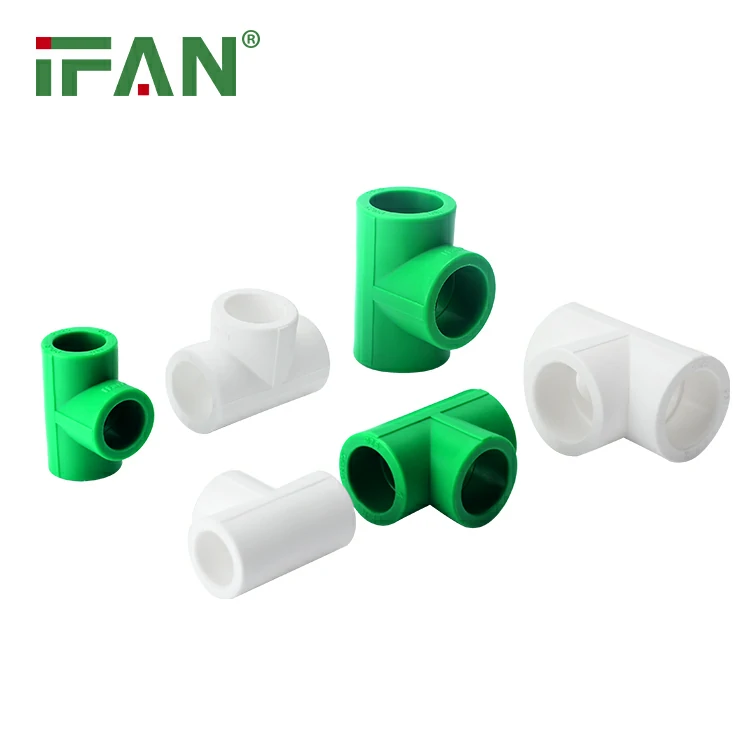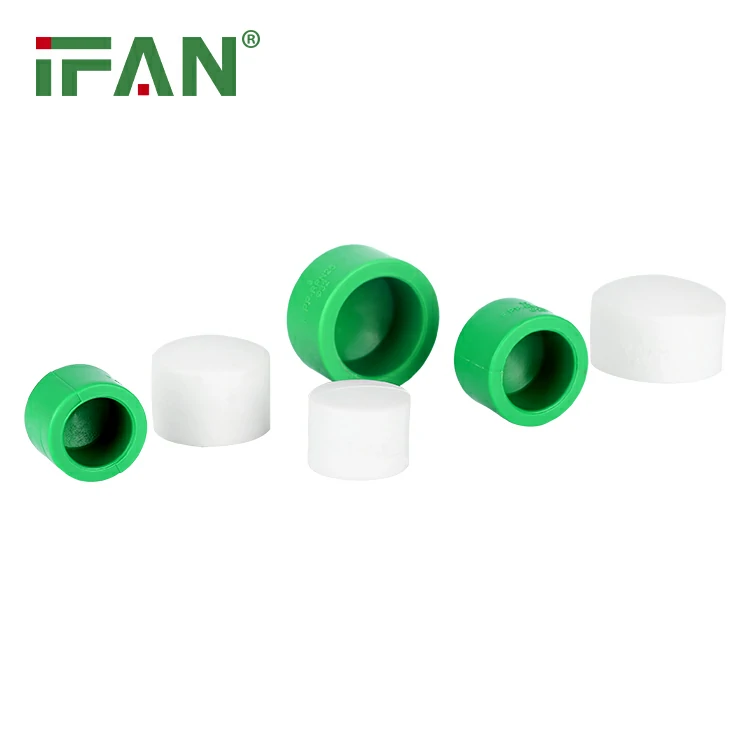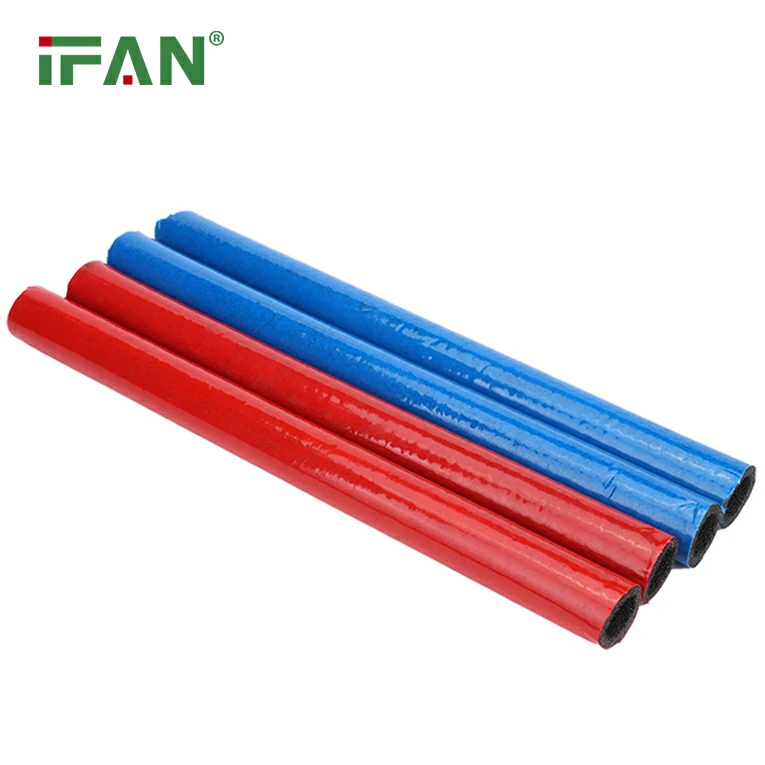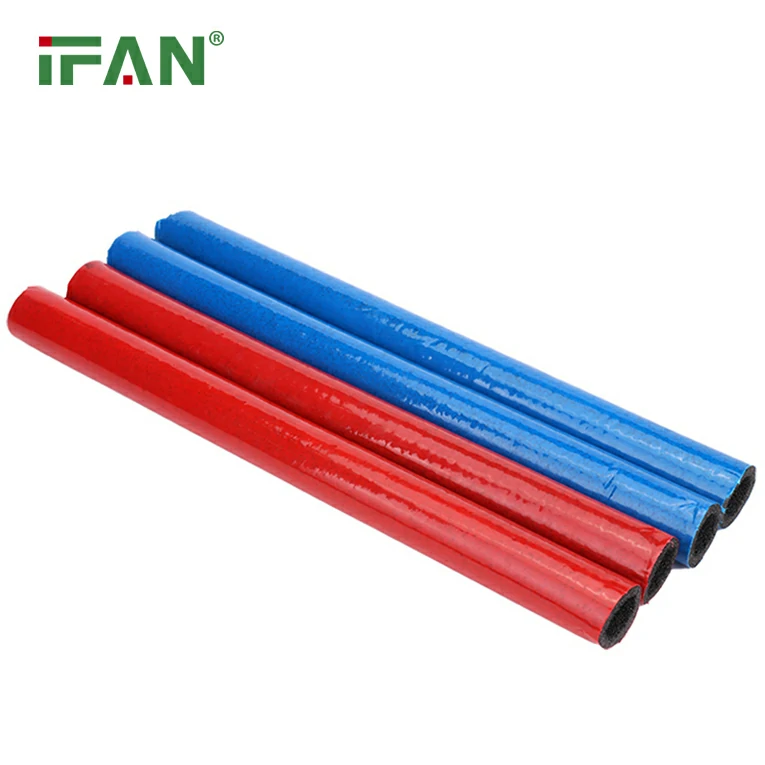Introduction
PEX (cross-linked polyethylene) plumbing pipes have become a favored choice for both new constructions and renovations. Known for their flexibility, durability, and cost-effectiveness, PEX pipes revolutionize the way plumbing systems are improvised. In this comprehensive guide, we will discuss everything you need to know about PEX plumbing pipes, including their benefits, installation processes, and maintenance. By the end, you’ll be well equipped with the knowledge necessary to make informed decisions regarding PEX plumbing.
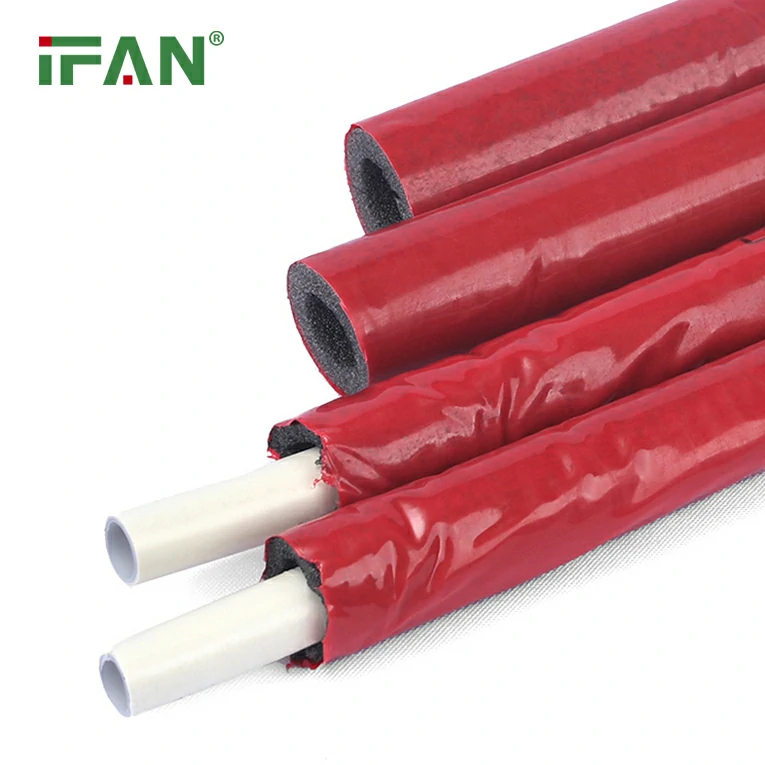
What is PEX Plumbing Pipe?
PEX is a flexible plastic piping system made from high-density polyethylene that has been treated to enhance its properties. The cross-linking of polyethylene molecules gives PEX its strength and durability, allowing it to withstand temperature fluctuations and environmental challenges.
Benefits of PEX Plumbing Pipes
- Flexibility One of the most appealing features of PEX is its flexibility. PEX pipes can easily bend around corners and obstacles, eliminating the need for as many fittings as rigid piping materials like copper or PVC.
- Resistance to Corrosion and Scale Unlike metal pipes, PEX does not corrode or scale, which means it will not deteriorate over time due to water quality or conditions. This feature enhances lifespan and reduces potential leaks.
- Thermal Insulation PEX pipes provide better thermal insulation than metal pipes, which means hot water remains hot longer, leading to energy savings and increased comfort.
- Ease of Installation The lightweight nature of PEX makes it easy to handle and install. Fewer fittings and connections reduce the complexity of plumbing jobs, leading to faster installation times.
- Cost-Effectiveness PEX is generally less expensive than copper or PVC, making it an affordable option for budget-conscious homeowners. The reduced labor costs associated with ease of installation also contribute to overall savings.
- Quiet Operation PEX plumbing systems tend to be quieter than metal pipes, as they do not transmit noise as easily. This feature makes for a more peaceful home environment.
Types of PEX Plumbing Pipes
There are three main types of PEX pipes, each with its own applications:
- PEX-A PEX-A is produced using the Engel method of cross-linking, resulting in a highly flexible pipe that can be subject to cold bending. It is the most flexible and recommended type for residential plumbing.
- PEX-B PEX-B is produced through the Silane method and is less flexible than PEX-A but is still suitable for residential plumbing. It’s known for its resistance to cracking from environmental stress.
- PEX-C PEX-C is produced using the irradiation method and is the least flexible of the three types. It is typically used in commercial applications where extreme conditions are present.
Installation of PEX Plumbing Pipe
Tools Needed
- PEX cutter
- Crimping tool
- Pipe wrench
- Measuring tape
- Pipe support brackets
- Deburring tool
Step-by-Step Installation Guide
- Planning Start by planning your plumbing layout. This includes measuring distances and determining the best routes for your PEX piping.
- Cutting the Pipe Use a PEX cutter to cut the lengths of the pipe to your required dimensions. Ensure the cuts are clean for easy connections.
- Fitting the Pipe Insert the PEX pipe into the fittings, ensuring that it is pushed all the way in. For crimp fittings, slide a ring over the pipe before inserting it into the fitting.
- Crimping or Clamping Use a crimping or clamping tool to secure the fittings. Follow the manufacturer’s instructions to ensure a watertight seal.
- Testing the System Once installed, test your plumbing system for leaks by running water through the pipes and inspecting all connections.
Tips for Installation
- Always refer to local plumbing codes and regulations.
- Use proper support brackets every 32 inches to prevent sagging.
- Avoid sharp bends to reduce stress on the PEX pipe.
Maintenance of PEX Plumbing Pipes
Maintaining PEX plumbing is relatively straightforward. Here are some tips:
- Regular Inspections Check your plumbing system periodically for leaks or signs of wear.
- Pressure Management Monitor your water pressure to avoid over-stressing the pipes, which could lead to damage.
- Temperature Control PEX pipes can withstand temperatures up to 200°F but are best used in a temperature range of -40°F to 200°F. Avoid exposure to extreme temperatures to prolong the lifespan of the pipes.
- Protection from UV Light PEX is not suitable for outdoor use unless protected from UV light. Ensure any outdoor systems are shielded to prevent degradation.
- Dealing with Freezing Temperatures In colder climates, insulate exposed PEX pipes to prevent freezing. In case of freezing, allow hot water to flow to thaw them safely.
Common Misconceptions about PEX Plumbing Pipes
Misconception #1: PEX is Not Durable
While it is true that PEX is a plastic material, its cross-linking process enhances durability compared to standard polyethylene, making it an excellent choice for plumbing.
Misconception #2: PEX Pipes Emit Chemicals
Although some worry about chemicals leaching from plastic pipes, studies show that PEX pipes are safe and do not leach harmful substances into drinking water.
Misconception #3: PEX Pipes Are Not Suitable for HVAC Systems
In fact, PEX is increasingly used in hydronic heating systems due to its ability to withstand high temperatures and flexibility.
Conclusion
With numerous advantages, including flexibility, resistance to corrosion, and ease of installation, PEX plumbing pipes have emerged as a leading choice among homeowners and contractors alike. Understanding its properties, installation methods, and maintenance requirements enables you to utilize PEX effectively in your plumbing projects. Make sure to consider PEX for your next plumbing endeavor to realize its benefits.
FAQs
- What is the lifespan of PEX plumbing pipes?
- PEX pipes can last over 30 years when installed and maintained correctly under appropriate conditions.
- Can PEX pipes be used for hot and cold water?
- Yes, PEX pipes are suitable for both hot and cold water systems due to their flexibility and resistance to temperature variations.
- Is PEX safe for drinking water?
- Yes, PEX pipes are approved for drinking water in many regions and are considered safe by health standards.
- Do PEX pipes freeze easily?
- While PEX pipes are more resistant to freezing than traditional pipes, they can still freeze in extreme cold. Proper insulation is advised.
- Can PEX be buried underground?
- PEX can be buried underground as long as it is protected from UV light and extreme conditions. Use proper fittings and insulation for outdoor applications. By gathering all this information, you are now empowered to make the best choices regarding PEX plumbing pipes for your needs.


